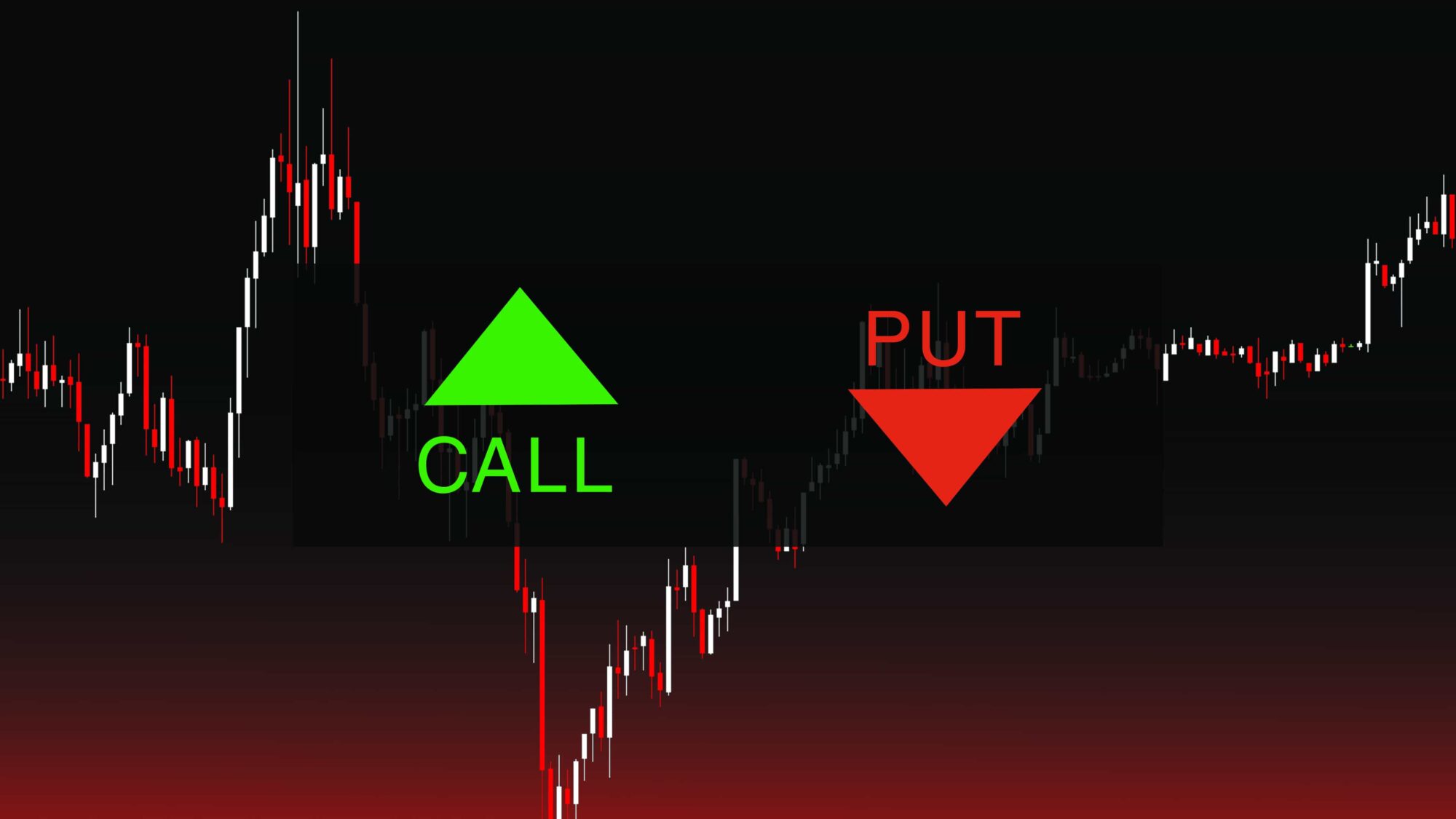Gold, a precious metal revered for centuries, offers investors a safe haven amid market volatility. One way to capitalize on gold’s allure is through stock options trading, a sophisticated strategy that provides immense potential for both profits and losses. Embrace this in-depth guide as your compass on this financial adventure, delving into the intricacies of gold stock options and equipping you with the knowledge to make informed decisions.

Image: kundasangfx-goldtrading.blogspot.com
Understanding Gold Stock Options Trading
Options contracts, financial derivatives that grant the buyer the right but not the obligation to buy or sell an underlying asset at a predetermined price (strike price) on or before a specific date (expiration date), offer a versatile tool for stock market navigation. Gold stock options, specifically, allow investors to speculate on the price movements of gold-related equities, leveraging the option to profit from price fluctuations while limiting potential risks.
Key Concepts: Call and Put Options
Gold stock options come in two distinct flavors: call options and put options. Call options empower holders with the right to buy the underlying stock at the strike price, anticipating future price appreciation. Put options, on the other hand, grant holders the right to sell the underlying stock at the strike price, betting on future price declines.
Anatomy of an Option Contract
Each option contract carries its unique set of characteristics:
Strike Price: The predetermined price at which the buyer can exercise their right to buy or sell.
Expiration Date: The deadline by which the option can be exercised, ranging from a few weeks to several months.
Underlying Stock: The specific stock that the option contract represents.
Option Premium: The price paid upfront to acquire the option contract, which can fluctuate based on factors like time to expiration, strike price, and volatility.

Image: www.asktraders.com
Exploring the Mechanics of Options Trading
Buying Call Options: Anticipating price appreciation, an investor can purchase a call option, gaining the right to buy the underlying stock at the strike price. If the stock price rises above the strike price, the call option holder can exercise their right to buy the stock at a lower price and potentially sell it for a profit.
Selling Call Options: Contrarily, an investor who believes the stock price will decline can sell a call option, essentially betting against price appreciation. If the stock price falls below the strike price, the option will expire worthless, and the option seller keeps the premium.
Buying Put Options: Exercisable when the stock price falls below the strike price, put options grant holders the right to sell the underlying stock at a higher price. Thus, if the stock price drops, put option holders can exercise their right to sell the stock at a higher price.
Selling Put Options: Anticipating price increases, an investor can sell a put option, obliging themselves to buy the underlying stock at the strike price if the stock price falls below that level. If the stock price remains above the strike price, the put option will expire worthless.
Leveraging Options to Manage Portfolio Risk
Gold stock options offer a versatile tool to mitigate portfolio risks. For instance, an investor owning gold stocks can purchase protective put options to limit potential losses in case of price declines. Conversely, owning call options can enhance the potential upside of a stock portfolio by providing unlimited profit potential.
Embracing Options Strategies for Enhanced Returns
Options traders can employ a diverse array of strategies to maximize returns and manage risk. Some popular strategies include:
Covered Call Strategy: Selling call options against a corresponding number of owned shares, generating income from option premiums while limiting potential gains.
Protective Put Strategy: Purchasing put options to protect against potential declines in the value of owned stocks.
Bull Call Spread: Simultaneously buying a call option with a lower strike price and selling a call option with a higher strike price, aiming to profit from a modest rise in stock price.
Exploring Recent Trends and Developments
The gold stock options market is constantly evolving, with new trends and developments emerging. Keep abreast of these shifts to refine your trading strategies:
Growing Interest in Gold: As geopolitical uncertainties persist, demand for gold, considered a safe haven asset, is on the rise. This increasing demand is reflected in the heightened trading volume of gold stock options.
Expansion of Options Exchanges: Investors now have access to a wider range of options exchanges, including both traditional exchanges and electronic platforms, providing greater liquidity and flexibility.
Technological Advancements: Technological advancements have revolutionized options trading, enabling faster execution, real-time data analysis, and the emergence of automated trading tools.
Gold Stock Options Trading

Image: infinigeek.com
Unveiling Opportunities with Caution
Gold stock options offer a world of opportunities, but proceed with informed caution. The high leverage associated with options trading can amplify both profits and losses. Conduct thorough research, understand the risks involved, and consider seeking professional guidance to navigate this complex market effectively.






